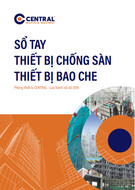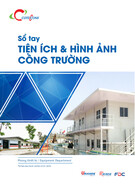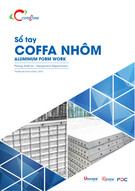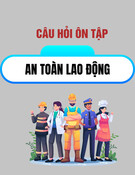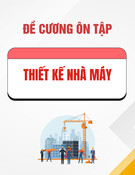
Journal of Science and Technology in Civil Engineering, HUCE, 2024, 18 (4): 109–122
ASSESSING THE SOCIAL COSTS OF PUBLIC TRANSPORT
IN A MIXED TRAFFIC ENVIRONMENT WITH
ENDOGENOUS DEMAND
Tam Vu a,∗
aFaculty of Transportation Engineering, Hanoi University of Civil Engineering,
55 Giai Phong road, Hai Ba Trung district, Hanoi, Vietnam
Article history:
Received 27/9/2024, Revised 04/11/2024, Accepted 05/12/2024
Abstract
In reality, public transport (PT) passenger demand levels are influenced by internal factors rather than external
ones, as they are shaped by the performance of public transport services such as price, service frequency
and travel time. This paper develops a calculation process for PT endogenous demand with respect to social
costs in motorcycle-dominated mixed transport systems, based on the total social cost of public transport in
previous research. The incremental elasticity analysis is used to estimate the endogenous passenger demand
for dedicated PT technologies. A case study of Quang Trung – Tran Phu – Nguyen Trai corridor in Hanoi is
presented, highlighting the incremental elasticity analysis (IEA) of PT modes, including conventional buses,
bus rapid transit (BRT), monorail and urban rail transit (URT), with a focus on passenger waiting and in-
vehicle times. The findings reveal that conventional buses are most cost-effective for daily demands below
31,000 passengers per direction per day (pdd), while BRT is preferable for demands ranging from 31,000 to
55,000 pdd. The Monorail emerges as the most efficient option for demand between 55,000 and 165,000 pdd,
with Urban Rail Transit (URT) becoming optimal when demand exceeds 165,000 pdd. These insights provide
urban transport planners and policymakers with valuable guidance for strategic decision-making regarding new
PT projects in mixed transport environments with a dominance of motorcycles.
Keywords: social cost; public transport; mixed traffic; endogenous demand.
https://doi.org/10.31814/stce.huce2024-18(4)-09 ©2024 Hanoi University of Civil Engineering (HUCE)
1. Introduction
Public transport (PT) is generally defined as transport services that provide for the general public
[1]. PT plays an important role in daily commuting across countries worldwide. These services may
include conventional bus, bus rapid transit (BRT), urban rail transit (URT) and Monorail, etc. Firstly,
PT modes include conventional buses, which are the most widely used form of transit globally, with
buses accounting for a significant share of passenger travel [2], such as around 40% in the U.S. in
2023 [3]. Bus Rapid Transit (BRT) offers a faster, rubber-tyred alternative with dedicated lanes,
stations, and integrated systems [4]. Urban railway transit (URT) includes tram systems that operate
at street level, light rail transit (LRT) that runs on exclusive rights-of-way, and underground metro
systems that are fully segregated from other traffic [5]. Monorail systems come in two main types:
suspension railways, such as the Wuppertal Monorail [6], and straddle-beam monorails, pioneered by
ALWEG, used in places like Chongqing and Disneyland [7]. PT development has been focused on
many cities in the world. Among the key factors considered when deciding to build a PT project are
cost and demand. Of those, exogenous demand is often considered [8]. In addition, most research has
focused on exogenous PT demand rather than endogenous PT demand [9]. Exogenous PT demand
∗Corresponding author. E-mail address: tamvm@huce.edu.vn (Vu, T.)
109

























